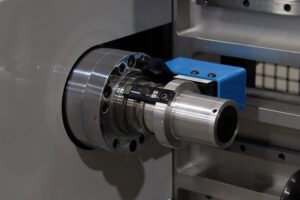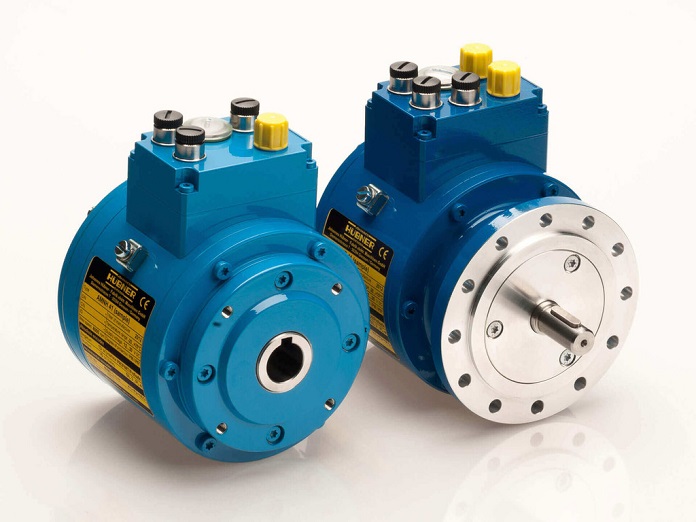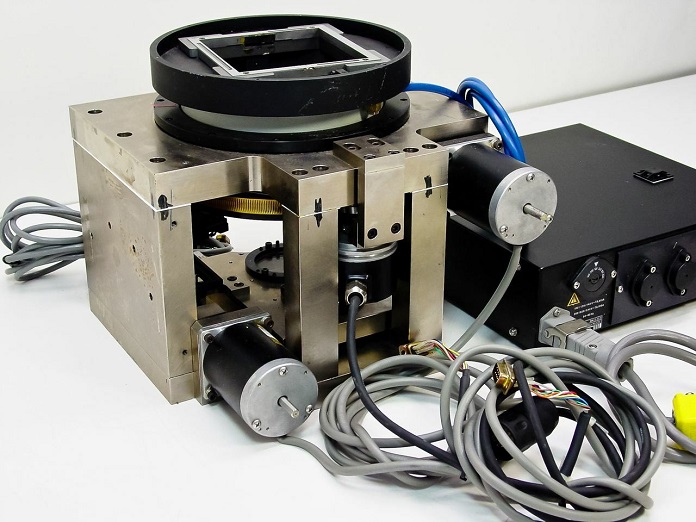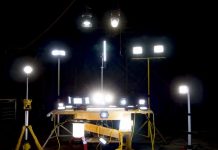
In mechatronics and automation, motion control is employed to ensure production satisfies predetermined requirements. The programs these machines follow are applied in automation processes of varying complexities (from everyday production lines to complex nanotechnology). A lot of components can potentially be included in such processes.
If we strip motion control systems to their bare essence, they consist of elements such as a motion controller (or the program), actuator (or the muscle) and encoder (or feedback device). Of course, many other components can aid the basic function. For example, motion controllers usually include an amplifier (a drive) designed to transform the signal regarding motion trajectory into energy. The actuator can be electric motor, hydraulic pump or pneumatic cylinder and there is a mechanical aspect to them (gears, belts, bearings).
Feedback sensors or encoders process data on velocity and position. They create a link between the actuator (status) and the motion controller (feedback).
Types of Encoders and Tachos

Encoders are designed to pick up mechanical motion and turn it into metrics on position. These electromagnetic devices generate digital output signals which report the relative movement, its direction and sometimes, depending on the exact model, velocity. Absolute encoders provide such data without a need for reference point because each section of the device has its own unique code. Incremental encoders measure position relative to a starting point.
Since tachometers are also used in motor vehicles, more people are familiar with the concept. They usually measure speed and are valued for their simplicity – measuring once with each revolution.
Magnetic Rotary Encoder
These encoders cover a wide range of application in many walks of life. They can be found in electrical motors, handling machines and robots, but also in woodworking, printing or textile machines. Going for magnetic rotary encoder is a great choice for those in need of digital speed control. They are practically sensors for rotary motion, angular velocity and, in some instances, linear motion.
Magnetic encoders are superior to most of the other types of sensors because they are able to withstand shocks and vibrations. Where other models would fail as a result of minor misalignment or accumulation of debris (slug, dust) magnetic absolute encoders would continue to function.
Shaft positions can be encoded to measure specific data as the disc rotates. Depending on the signal type, these mechatronic measuring devices can transmit data through serial bus systems, parallel binary or as analog signals.
These days, magnetic rotary encoder use advanced photoelectric scanning to provide contact free operation. This is very important because contact measuring increases wear. Photoelectric scanning methods are able to detect fine lines (measured in microns) so you can receive signals with small signal periods.
Linear Encoders
This type of encoders can be found literally everywhere because they are conducive to optical, magnetic and inductive technologies. Linear encoders detect motion by measuring change of position over time. Numerically controlled machine tools use such encoders because they perform at reliable traversing speeds. In addition to this, they are also capable of acceleration in the direction of measurement. Such features enable their use in machining (CNC), boring, milling and grinding machines, but also in similar dynamic production lines where high speed movement is the norm.
Apart from their ubiquitous use in motion systems, they are also great for precise measurements. Digital read outs (DROs), coordinate measuring machines, calipers and similar testing gear employ some form of linear encoders on a daily basis.
Angle Encoders
Angle encoders come without integral bearing. Also known as modular angle encoders, they have two parts: a graduation carrier and a scanning head. The accuracy of these devices depends on proper installation. The scanning head and the graduation carrier must be aligned with each other.
Tachos
While tachometers in vehicles typically measure revolutions per minute (RPM) and speedometers measure speed over ground, in industrial applications, tachos can be also used to measure the RPM of a motor. This is possible because tachometers are instruments that measure the rotational speed of a shaft, thus they have wide application.
In essence, tachos use mechanical methods to measure the revolutions of the motor within a set time frame. However, they can also determine number of rotations by measuring magnetic field. The magnitude of a magnetic field can be calculated based on it’s output voltage. This is called the Hall effect and devices that put it into practice are known as Hall-effect sensors. Such tachometers are used for speed detection in an industrial setting. Another method is to measure the back electromotive force in DC motors. This is slightly more complex way of doing it, because tachos are valued for their simplicity.
Tailor Your Motion Control System

Motion control systems have been successfully completing a wide array of task and replacing skilled workforce for decades. With the prospect of widespread use of The Industrial Internet of Things to control production processes (and other plants), they will continue to develop. Bear in mind that most of the time you would need solid expertise or support from the manufacturer to get the motion control component that is perfect for your set up. Suppliers of drive and automation technology in Australia have the know how to help you get the right hardware. Look for one that offers post-sale customer support, because you might need to dismantle systems to perform maintenance, upgrades or servicing.















